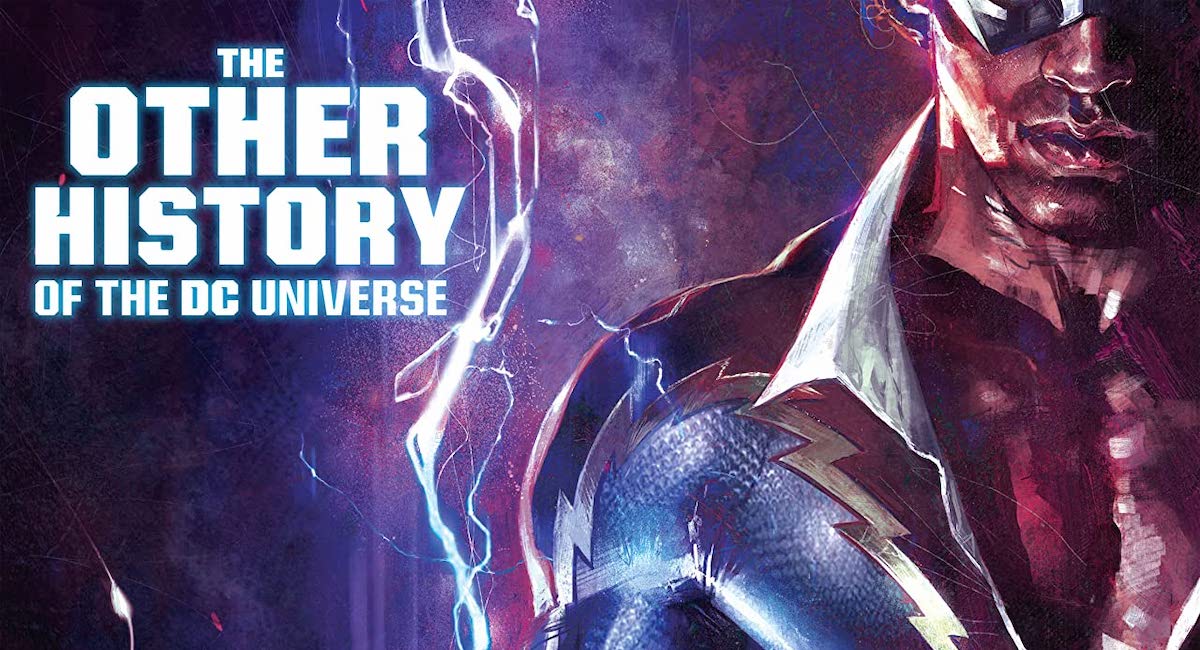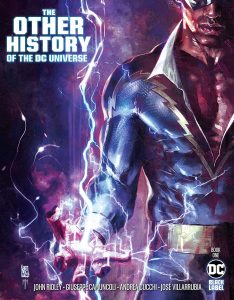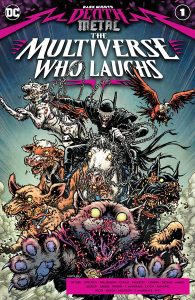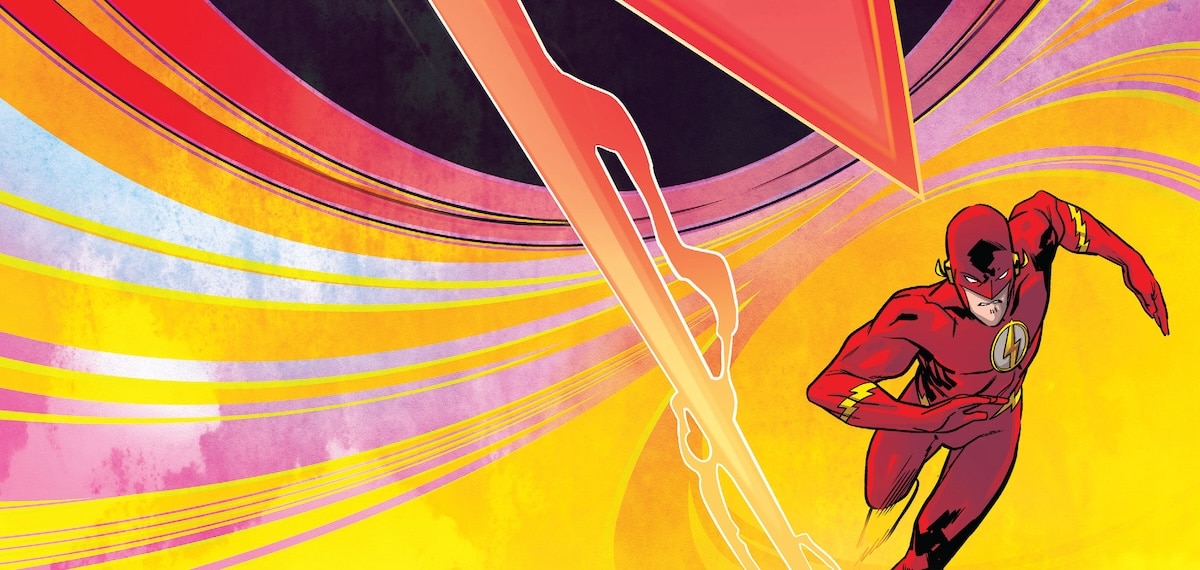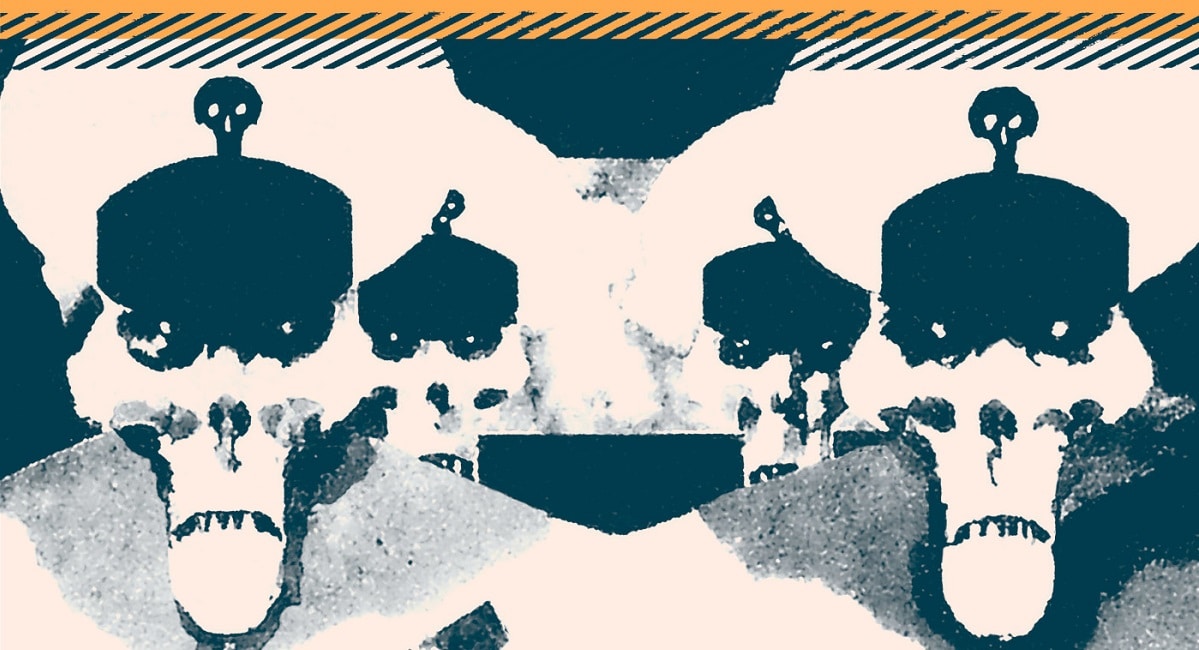THIS WEEK: The long-awaited Black Label series from writer/screenwriter John Ridley, The Other History of the DC Universe, arrives with a look at one of DC’s most prominent characters of color, Black Lightning!
The Other History of the DC Universe #1
Story by John Ridley
Layouts by Giuseppe Camuncoli
Finishes by Andrea Cucchi
Color by José Villarubia
Lettering by Steve Wands
Cover by Giuseppe Camuncoli & Marco Mastrazzo
When Marv Wolfman & George Pérez’s History of the DC Universe was released in 1986, it was intended to clarify the new streamlined timeline for the DCU following the events of Crisis on Infinite Earths and the consolidation of the multiverse. A massive undertaking, to be sure, but arguably the new Black Label series The Other History of the DC Universe has an even larger goal: to present that same history from the perspective of people of color, and to reveal a new side of the DCU that exists alongside the largely white-centric stories that have typically been featured over the decades.
Like Wolfman & Pérez, writer John Ridley, artists Giuseppe Camuncoli, Andrea Cucchi, & José Villarubia, and letterer Steve Wands present the history of Jefferson Pierce, aka Black Lightning, as blocks of prose accompany illustrations of the action. The format takes some getting used to, but after a few pages the reader settles into it and is able to absorb the words along with the images. Whereas the narration in the original History of the DCU was a cold recitation of facts, Ridley’s script is written from the perspective of Jefferson Pierce. The Jefferson narrating the story is looking back on it from some future time, so he has some distance on things and is able to judge his past behavior somewhat objectively, particularly in the instances where his family is involved. Despite that remove, the weight of those experiences is clearly still felt, for better or worse.
Camuncoli, Cucchi, and Villarubia’s artwork throughout this first issue is top-notch. With no traditional sequential panels, the team is left to create tableaus that accompany and enhance the prose, and they acquit themselves well. The visual storytelling is on full display, with the team frequently using a minimalist sensibility to convey an idea or emotion exceptionally well. Recreations of some iconic visuals from DC history are also included, often placed in brightly-colored contrast to the more street-level story of Jefferson’s life and career as Black Lightning. Other visuals of critical moments from Jefferson’s life — the death of one of his students at the hands of The 100, a child in a Black Lightning costume, a conversation between Jefferson and John Stewart — are just as striking, and even more impactful given their context in Jefferson’s larger story.
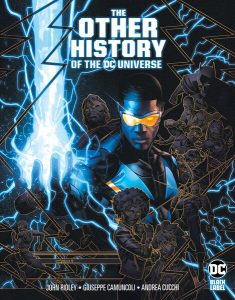
Letterer Steve Wands has a tough needle to thread in this comic. With no traditional caption boxes, Wands places Ridley’s prose adjacent to — and sometimes within — the art team’s illustrations. It’s an easier task on some pages than on others, but Wands handles the task with aplomb. He still manages to guide the reading experience across the page as he would with word balloons or captions, and to fit the lettering fairly seamlessly onto the page so it doesn’t distract from the artwork or the content of the narration. It’s a difficult job, impressively done.
The Other History of the DC Universe #1 is an excellent lead-off entry for an ambitious project. Ridley, Camuncolli, Cucchi, Villarubia, and Wands come together beautifully to tell an important story in a unique and interesting way. With a network TV series currently to his name, Black Lightning is arguably the biggest name character to be featured in this series, with future installments focusing on Mal Duncan, Renee Montoya, Jefferson’s Outsiders teammate Tatsu Yamashiro, and Jefferson’s daughter, Anissa. If its debut issue is any indication of the quality of the rest of the series, I for one can’t wait to see what’s next.
Final Verdict: BUY.
Round-Up
- If you’re not completely exhausted by tWiStEd alternate Earths from the Dark Multiverse yet, this week’s Dark Nights: Death Metal: The Multiverse Who Laughs one-shot is for you. Though I suppose these are from the Dark Multiverse specifically created by The Batman What Laughs, though there’s not really anything specific in any of these stories to indicate how they’re different from your average Dark Multiverse worlds. There’s really nothing new here at all that we haven’t seen before, though there’s a Super-Pets story by Amanda Conner, Jimmy Palmiotti, Chad Hardin, Enrica Eren Angiolini, and Carlos M. Mangual that’s pretty entertaining, and Mangual’s lettering in particular is pretty great in that story.
- The Flash #766 brings writer Kevin Shinick‘s four-issue fill-in on the series to a close. Barry Allen’s background as a chemist has been a pivotal part of the last three issue arc, which have pitted The Flash against Dr. Alchemy, and it’s been nice to see that aspect of the character take a central role, even if sometimes it felt like it was hammered home a little too hard. Will Conrad and HiFi‘s artwork has been a high point of the arc, and they close out the storyline strong. An entirely non-essential Flash story, but not something you’ll regret having read.
- Suicide Squad #11 wraps up what has been a fantastically fun series in a relatively neat bow. Tom Taylor, Bruno Redondo, Adriano Lucas, and Wes Abbot deliver a satisfying finale that also serves as a nice set-up for what’s next for the remaining Squad. I sincerely hope this isn’t the last we’ve seen of this particular group of characters.
Miss any of our earlier reviews? Check out our full archive!


